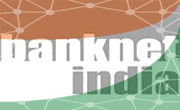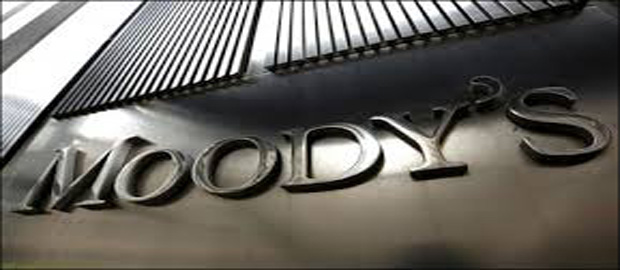

Moody's Maintains its Negative Outlook for Indian Banking System
"The negative outlook on the Indian banking system pertains mainly to the public-sector banks, which represent more than 70% of total banking-system assets," says Gene Fang, a Moody's Vice President and Senior Credit Officer.
"These banks have experienced higher growth rates in nonperforming and restructured loans, as well as greater weakening in profits, than private-sector banks, and these trends are unlikely to improve for public-sector banks," adds Fang. "Going forward, India's corporate sector will remain highly levered, representing an obstacle to a cyclical recovery in asset quality."
The report, whose outlook expresses Moody's expectation of how bank creditworthiness will evolve in this system over the next 12-18 months -- looks at India's banking system in terms of five factors: Operating environment (which is classified as "stable"); asset quality and capital ("deteriorating"); funding and liquidity ("stable"); profitability and efficiency ("deteriorating"); and systemic support ("stable").
While Moody's expects economic growth will pick up moderately, growth remains constrained by the high interest rates needed to contain inflation. Moody's base-case forecast is for GDP growth of 5.0% for the fiscal year ending March 2015 (FY2015) and 5.6% for FY2016, compared with 4.7% in FY2014.
According to Moody's report, India's broad corporate sector is highly levered, with a debt-to-equity ratio of more than 3.0x. In particular, corporates engaged in infrastructure projects face both structural and cyclical challenges.
Without a stronger economic recovery, significant deleveraging will only occur beyond the horizon of this outlook.
And although the new government of Prime Minister Narendra Modi may formulate some policies within the 12-18 month horizon of this outlook, it will take longer to see an impact on the real economy.
Profitability will also remain under pressure as banks continue to provide for problem loans. This is particularly problematic for public-sector banks, which have lower pre-provision margins and greater asset quality problems.
However, funding and liquidity will remain stable, given high domestic savings rates and a low reliance on market funding.
Moody's expects that a high degree of support from the Indian government for bank creditors will remain in place over the outlook horizon. The Reserve Bank of India issued a set of recommendations aimed at compliance with the Financial Stability Board's "Key Attributes of Effective Resolution Regimes" by 2015. However, the Indian government in practice will likely opt for other resolution mechanisms, such as assisted mergers, instead of "bail in".
If senior creditors of an ailing public-sector bank were required to absorb losses, this could easily risk contagion of financial distress to other public-sector banks, given their similar business models and credit characteristics.
Moody's rates four private-sector and 11 public-sector banks in India that collectively account for 67% of system assets. The negative outlook on the Indian banking system is consistent with the negative rating outlooks on the bank financial strength ratings (BFSR) of 10 of the 15 rated banks.

BANKING

FINANCE

INSURANCE

TECHNOLOGY

Foreign Exchange


